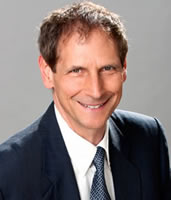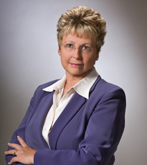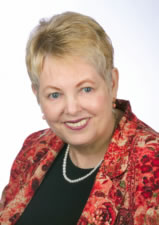As with any other profession, document examiners have a range of expertise and experience. As important as it is for your client to make a clear assessment of your abilities, it is up to you to determine in advance, with a high degree of accuracy, whether the document examiner you plan to hire will perform the most accurate assessments and be ready to back up those assessments with a scientifically repeatable methodology in court.
There are several abilities to look for when selecting a forensic document examiner as an expert witness or consultant that can help improve the chances of proving your case, provided your client's claim is meritorious. One of your key requirements should be that the document examiner must follow generally accepted practice for forensic document examiners.
In Frye v. U.S., 293 F.2d 1013 (D.C. CA 1923), the D.C. Court of Appeals adopted the test for "general acceptance." As relevant in California, the Kelly rule, People v. Kelly (1976) 17 Cal.3d 24, provides that expert testimony must be based on a technique that is "sufficiently established to have gained general acceptance in the particular field to which it belongs."
Recently I testified in a case where the opposing side's expert witness document examiner failed to follow generally accepted practice for handwriting identification of a questioned signature. As a result, the court ruled in a bench trial that the petitioner's document expert was more credible than the respondent's expert witness. The attorney who hired me prevailed in the case.
An individual can only be eliminated as the writer of a questioned document when the range of variability of the known writing has been determined. No one writes their signature exactly the same each time. Established authorities state that a sufficient number of samples are required to show this variability. Two samples are not sufficient to demonstrate the range of variability in a person's writing. Document examiners prefer to obtain as many known, original writings as possible in order to increase the validity of our determination.
In this particular case, the other document examiner eliminated the decedent as the writer of a holographic will (handwritten and not witnessed) based on observed differences between two known signatures and the questioned signature. The examiner failed to state that there were also differences between the two known signatures, which were stipulated to have been written contemporaneously (in this case during the same sitting) by the decedent.
In addition to the range of variability, in accepted methodology the basis of signature identification is to determine both similar and dissimilar traits of the questioned writing and the known writings.
Based on these findings, only then can it be determined the extent to which the questioned writing has the same traits as the known writing and where it lies within the variability of the known writing.
The opposing examiner in this case made no effort to determine the variability of the decedent's known handwriting. She made no attempt to examine the original will that was available in the court's records room. I examined the original holographic will and displayed the scanned copy as an exhibit.
The other examiner failed to point out attributes of the questioned writing which also existed in the known writing. This provided a strong probability the will had been written by the decedent.
I presented exhibits with 18 examples of the decedent's known handwriting. These examples did contain many of the attributes stated by the other document expert as being in the questioned signature and not in the known signatures.
In this case, the other document expert failed to follow standard ASTM E2290-07, Standard Guide for Examination of Handwritten Items, or any other generally accepted methodology. In this standard, item 7.5 states, "Determine whether the questioned writing is original writing. If it is not original writing, request the original." The standard goes on to state that if the reproduction is not of "sufficient clarity for comparison purposes, discontinue these procedures."
The other examiner used a scanned image of a photo reduction of the original document. The original document showed characteristics that were not visible in this reproduction.
Had the opposing examiner followed generally accepted practice by examining more known writing exemplars and the original will, it is possible she may have reached a different opinion than the opinion she stated.
It is important for an attorney to ask an expert to describe the methodology that will be used to research the case. Ensure that the methodology is generally accepted in the industry. The prospective document examiner should be able to cite authorities that support the claim that the methodology is accepted in the practice of forensic document examination.
The expert must be able to support their opinion with a scientific basis. The job of the expert is to research the evidence thoroughly and report what the evidence uncovers. The expert is not an advocate for either side in a dispute. A proper research methodology reduces bias from the analysis.











